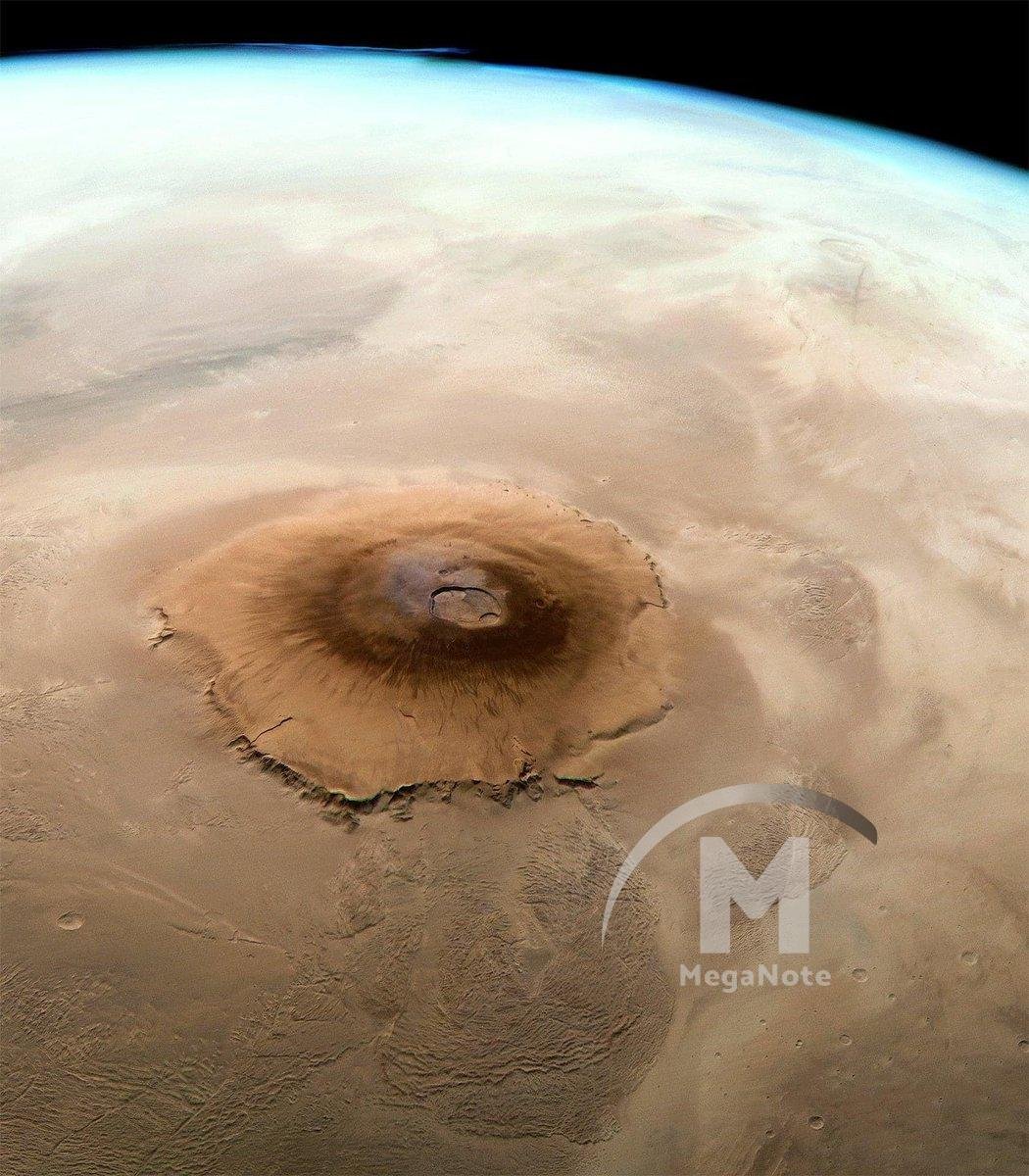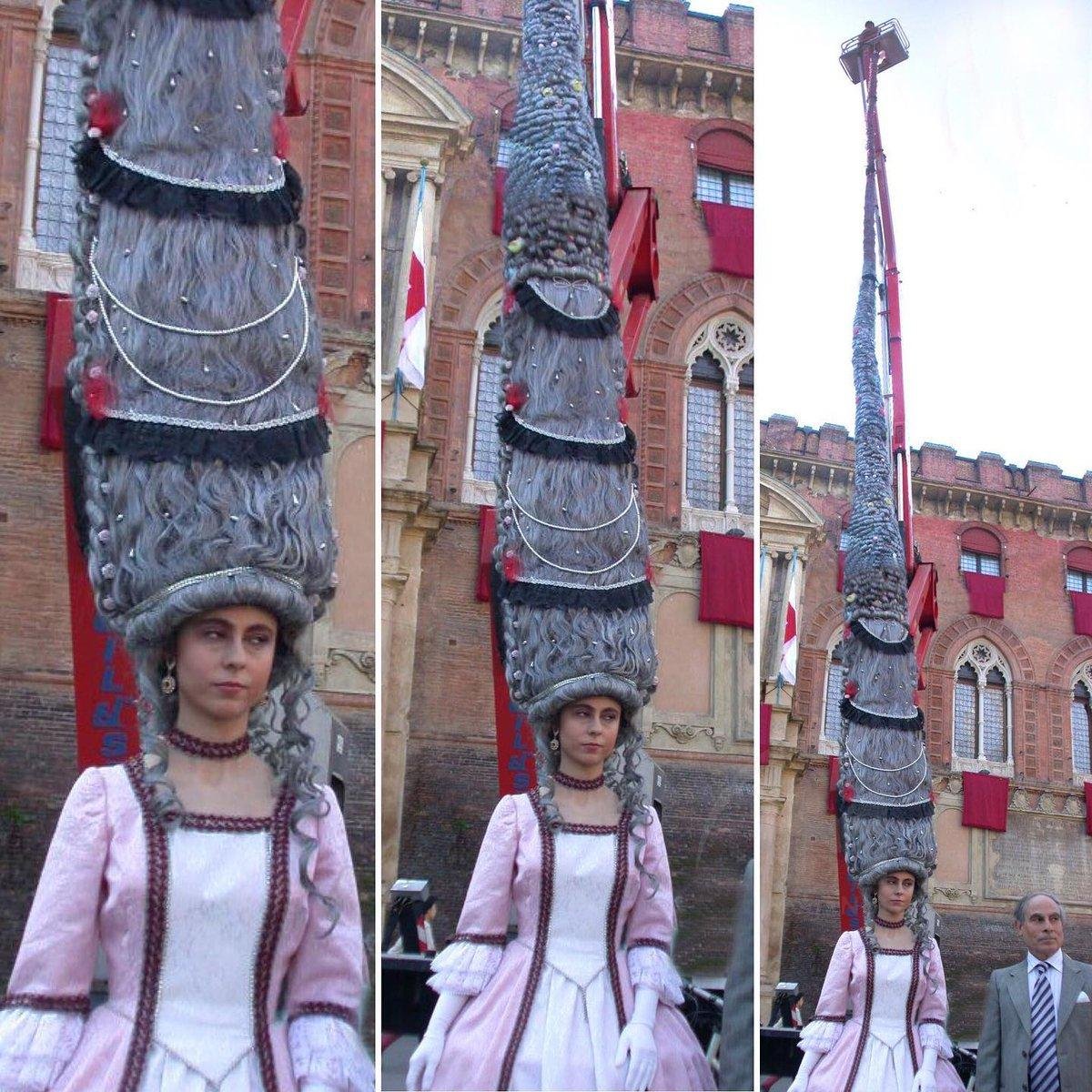Top 100 Countries and Their Groundbreaking Inventions
1. United States: Internet
2. China: Paper
3. Japan: Video Game Consoles
4. Germany: Automobile
5. India: Cataract Surgery
6. United Kingdom: Radar
7. France: Bicycle
8. Italy: Pizza
9. Brazil: Rubber Extraction
10. Canada: IMAX
11. Russia: Sputnik
12. South Korea: OLED Displays
13. Australia: Wi-Fi
14. Mexico: Chocolate
15. Spain: Microscopy
16. Sweden: Safety Match
17. Netherlands: Shipping Containers
18. Saudi Arabia: Islamic Architecture
19. Argentina: Ballpoint Pen
20. Switzerland: ⌚️ Swiss Watch
21. Turkey: Tulip Cultivation
22. Poland: Enigma Code-Breaking
23. Indonesia: Outrigger Canoe
24. South Africa: Pratley Putty
25. Thailand: Thai Massage Techniques
26. Nigeria: Yoruba Masks
27. Malaysia: Butterfly Farming
28. Philippines: Jeepney Transportation
29. Egypt: ⛴ Pyramids Construction
30. Belgium: French Fries
31. Pakistan: Hepatitis C Treatment
32. UAE: Tallest Buildings
33. Vietnam: ️ Egg Coffee
34. Bangladesh: Bangladeshi Garments
35. Chile: Astronomy Innovations
36. Colombia: ☕ Coffee Cultivation Techniques
37. Peru: 🏔 Terrace Farming
38. Norway: Viking Longships
39. Singapore: E-Payments
40. Hungary: Rubik’s Cube
41. Israel: Iron Dome
42. Austria: Classical Music
43. Romania: Helicopter
44. Czech Republic: Puppetry
45. Kenya: Mpesa Mobile Banking
46. Portugal: Navigational Maps
47. New Zealand: Dairy Innovations
48. Iran: Persian Rugs
49. Ukraine: Rocket Engines
50. Venezuela: Hallaca
51. Puerto Rico: Sugar Processing
52. Greece: Democracy
53. Iraq: Ancient Ziggurats
54. Ireland: Irish Fiddle
55. Serbia: Tesla Coil
56. Bulgaria: 🏔 Yogurt Cultivation
57. Albania: 🏔 Bunkers
58. Vatican City: ⛪️ Sistine Chapel
59. Bahrain: 🏝 Pearl Diving
60. Morocco: Minarets
61. Sri Lanka: Ceylon Tea
62. Estonia: Skype
63. Lithuania: Laser Technologies
64. Latvia: 🛠 Mechanized Agriculture
65. Tunisia: Fortress Construction
66. Slovakia: Screw Propeller
1. United States: Internet
2. China: Paper
3. Japan: Video Game Consoles
4. Germany: Automobile
5. India: Cataract Surgery
6. United Kingdom: Radar
7. France: Bicycle
8. Italy: Pizza
9. Brazil: Rubber Extraction
10. Canada: IMAX
11. Russia: Sputnik
12. South Korea: OLED Displays
13. Australia: Wi-Fi
14. Mexico: Chocolate
15. Spain: Microscopy
16. Sweden: Safety Match
17. Netherlands: Shipping Containers
18. Saudi Arabia: Islamic Architecture
19. Argentina: Ballpoint Pen
20. Switzerland: ⌚️ Swiss Watch
21. Turkey: Tulip Cultivation
22. Poland: Enigma Code-Breaking
23. Indonesia: Outrigger Canoe
24. South Africa: Pratley Putty
25. Thailand: Thai Massage Techniques
26. Nigeria: Yoruba Masks
27. Malaysia: Butterfly Farming
28. Philippines: Jeepney Transportation
29. Egypt: ⛴ Pyramids Construction
30. Belgium: French Fries
31. Pakistan: Hepatitis C Treatment
32. UAE: Tallest Buildings
33. Vietnam: ️ Egg Coffee
34. Bangladesh: Bangladeshi Garments
35. Chile: Astronomy Innovations
36. Colombia: ☕ Coffee Cultivation Techniques
37. Peru: 🏔 Terrace Farming
38. Norway: Viking Longships
39. Singapore: E-Payments
40. Hungary: Rubik’s Cube
41. Israel: Iron Dome
42. Austria: Classical Music
43. Romania: Helicopter
44. Czech Republic: Puppetry
45. Kenya: Mpesa Mobile Banking
46. Portugal: Navigational Maps
47. New Zealand: Dairy Innovations
48. Iran: Persian Rugs
49. Ukraine: Rocket Engines
50. Venezuela: Hallaca
51. Puerto Rico: Sugar Processing
52. Greece: Democracy
53. Iraq: Ancient Ziggurats
54. Ireland: Irish Fiddle
55. Serbia: Tesla Coil
56. Bulgaria: 🏔 Yogurt Cultivation
57. Albania: 🏔 Bunkers
58. Vatican City: ⛪️ Sistine Chapel
59. Bahrain: 🏝 Pearl Diving
60. Morocco: Minarets
61. Sri Lanka: Ceylon Tea
62. Estonia: Skype
63. Lithuania: Laser Technologies
64. Latvia: 🛠 Mechanized Agriculture
65. Tunisia: Fortress Construction
66. Slovakia: Screw Propeller
Top 100 Countries and Their Groundbreaking Inventions 🌍
1. 🇺🇸 United States: 🌐 Internet
2. 🇨🇳 China: 🏮 Paper
3. 🇯🇵 Japan: 🎮 Video Game Consoles
4. 🇩🇪 Germany: 🚗 Automobile
5. 🇮🇳 India: 💉 Cataract Surgery
6. 🇬🇧 United Kingdom: 📡 Radar
7. 🇫🇷 France: 🚲 Bicycle
8. 🇮🇹 Italy: 🍝 Pizza
9. 🇧🇷 Brazil: 🌴 Rubber Extraction
10. 🇨🇦 Canada: 📡 IMAX
11. 🇷🇺 Russia: ☄️ Sputnik
12. 🇰🇷 South Korea: 🖥️ OLED Displays
13. 🇦🇺 Australia: 📶 Wi-Fi
14. 🇲🇽 Mexico: 🍫 Chocolate
15. 🇪🇸 Spain: 🔬 Microscopy
16. 🇸🇪 Sweden: 🕶️ Safety Match
17. 🇳🇱 Netherlands: 📦 Shipping Containers
18. 🇸🇦 Saudi Arabia: 🕌 Islamic Architecture
19. 🇦🇷 Argentina: 🧪 Ballpoint Pen
20. 🇨🇭 Switzerland: ⌚️ Swiss Watch
21. 🇹🇷 Turkey: 🏺 Tulip Cultivation
22. 🇵🇱 Poland: 🚨 Enigma Code-Breaking
23. 🇮🇩 Indonesia: 🛶 Outrigger Canoe
24. 🇿🇦 South Africa: 💡 Pratley Putty
25. 🇹🇭 Thailand: 🍲 Thai Massage Techniques
26. 🇳🇬 Nigeria: 🎭 Yoruba Masks
27. 🇲🇾 Malaysia: 🦋 Butterfly Farming
28. 🇵🇭 Philippines: 🛶 Jeepney Transportation
29. 🇪🇬 Egypt: ⛴ Pyramids Construction
30. 🇧🇪 Belgium: 🍟 French Fries
31. 🇵🇰 Pakistan: 💉 Hepatitis C Treatment
32. 🇦🇪 UAE: 🌟 Tallest Buildings
33. 🇻🇳 Vietnam: ☕️ Egg Coffee
34. 🇧🇩 Bangladesh: 🧵 Bangladeshi Garments
35. 🇨🇱 Chile: 📡 Astronomy Innovations
36. 🇨🇴 Colombia: ☕ Coffee Cultivation Techniques
37. 🇵🇪 Peru: 🏔 Terrace Farming
38. 🇳🇴 Norway: 🚢 Viking Longships
39. 🇸🇬 Singapore: 🏦 E-Payments
40. 🇭🇺 Hungary: 🏎️ Rubik’s Cube
41. 🇮🇱 Israel: 🛰️ Iron Dome
42. 🇦🇹 Austria: 🎻 Classical Music
43. 🇷🇴 Romania: 🚁 Helicopter
44. 🇨🇿 Czech Republic: 🎭 Puppetry
45. 🇰🇪 Kenya: 🌍 Mpesa Mobile Banking
46. 🇵🇹 Portugal: 🎣 Navigational Maps
47. 🇳🇿 New Zealand: 🐄 Dairy Innovations
48. 🇮🇷 Iran: ⚱️ Persian Rugs
49. 🇺🇦 Ukraine: 🚀 Rocket Engines
50. 🇻🇪 Venezuela: 🌴 Hallaca
51. 🇵🇷 Puerto Rico: 🍬 Sugar Processing
52. 🇬🇷 Greece: ⚖️ Democracy
53. 🇮🇶 Iraq: 🏺 Ancient Ziggurats
54. 🇮🇪 Ireland: 🎻 Irish Fiddle
55. 🇷🇸 Serbia: 🧲 Tesla Coil
56. 🇧🇬 Bulgaria: 🏔 Yogurt Cultivation
57. 🇦🇱 Albania: 🏔 Bunkers
58. 🇻🇦 Vatican City: ⛪️ Sistine Chapel
59. 🇧🇭 Bahrain: 🏝 Pearl Diving
60. 🇲🇦 Morocco: 🕌 Minarets
61. 🇱🇰 Sri Lanka: 🧂 Ceylon Tea
62. 🇪🇪 Estonia: 🖥️ Skype
63. 🇱🇹 Lithuania: 📡 Laser Technologies
64. 🇱🇻 Latvia: 🛠 Mechanized Agriculture
65. 🇹🇳 Tunisia: 🏰 Fortress Construction
66. 🇸🇰 Slovakia: 🔩 Screw Propeller












